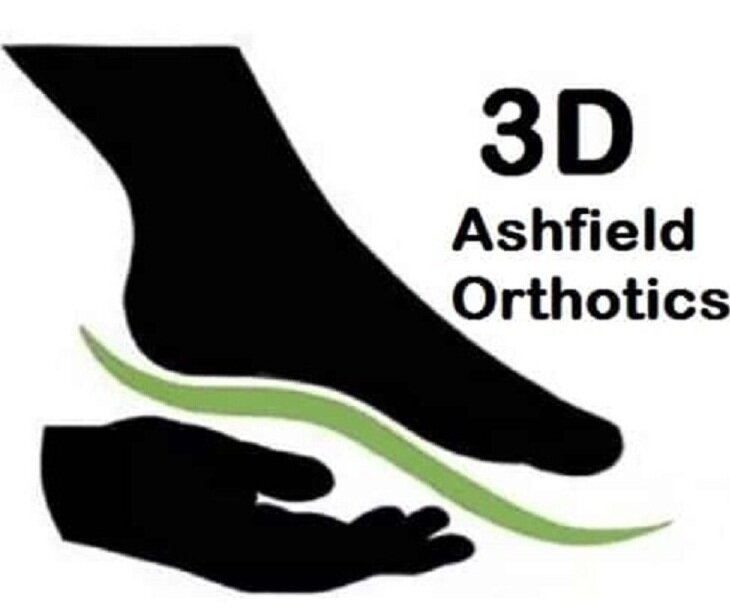Rheumatoid Arthritis
There Are 200+ Types of Arthritis. Rheumatoid is Fairly Common.
At our clinic, I recently had the pleasure of treating an elderly gentleman who had been diagnosed with rheumatoid arthritis many decades ago that had gone on to deform his hands and feet.
Despite the crippling effects of the disease, this man - understandably - wanted to remain as active as he could for as long as he could. He already had extra depth, Velcro shoes that he didn't have to tie, given his deformed hands. It was important for this man to maintain his independence, balance and foot skin integrity (already compromised) so he came to me for more help. After the initial assessment, I made him two pairs of custom orthoses, following up with visits and modifications to perfect his devices, which had specialized accommodations and materials. Ashfield Orthotics was able to significantly reduce pain and help reverse skin breakdown under severely deformed metatarsal phalangeal joints while supporting structures. His balance also appeared to improve. Especially in the elderly, this improved proprioception (your body/brain sense of where you are in space and your associated balance) cannot be emphasized too much. Falls are a major contributor to fractures, hospitalizations, reduced independence and increased mortality.
So what is rheumatoid arthritis anyway?
Arthritis in general is a collection of over 200 separate autoimmune diseases that can affect our joints and surrounding tissues. Rheumatoid arthritis (RA) is also chronic and progressive with unknown cause which attacks the joints and surrounding tissues. According to Health Canada, RA affects ~1% of the population and twice as many women as men, typically between the ages of 25-60. RA affects all ethnic groups and is found worldwide.
Here is a great read on how to help people who have RA.
http://www.everydayhealth.com/news/things-people-with-rheumatoid-arthritis-wish-you-knew/
Inflammation of the smaller joints of the hands and feet in a symmetrical pattern is typical with rheumatoid arthritis. This "gnarling" of the extremities is specific to rheumatoid arthritis. Pain, atrophy and weakness of the joint and surrounding musculature is a common complaint, as well as other symptoms. As always, with all issues that result in persistent discomfort, acute pain or changes in function or form, a visit to a physician is essential to begin diagnosis and treatment.
While there has been relatively little research in proportion to the extremely disabling, painful widespread effects of the disease, there have been many advances in recent decades with new biologics to delay progression of the disease thereby reducing the need for surgery. As well, with better interdisciplinary awareness and cooperation among health professionals, more attention to positive effects of diet and lifestyle and increased community supports, living with RA has become less and less onerous. As the above case illustrates, physical interventions of appropriate footwear and specialized custom foot orthotics can contribute much to a patient's wellness.
The author acknowledges the many researchers that contributed to the much more detailed source material in "Clinical Practice Guidelines" of the Pedorthic Association of Canada, 2012.
"Enjoy your feet!"
Rodney Ashfield, BA, Cert. Rehab.
Certified Pedorthist (Canada)
Certified Pedorthic Tech.
